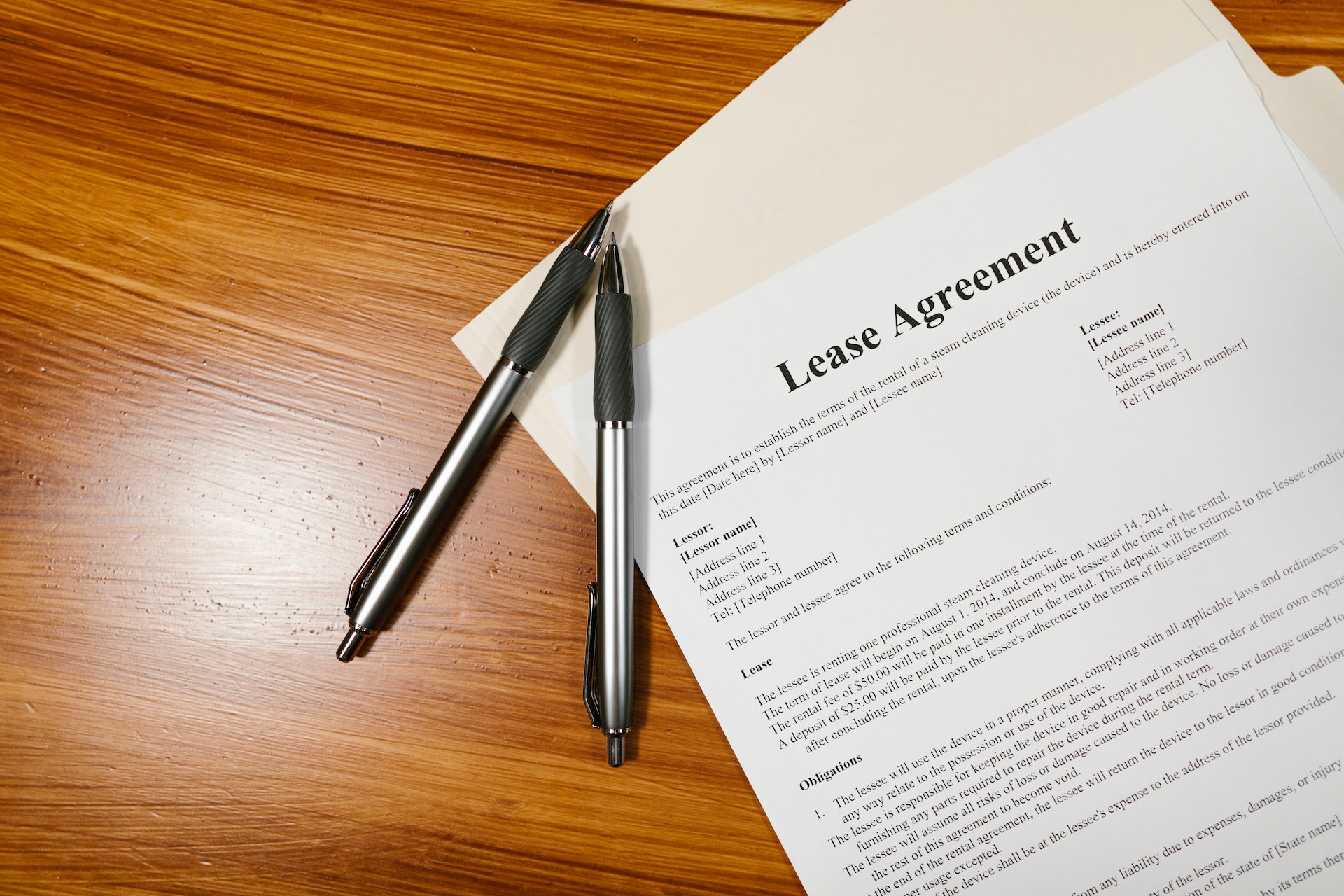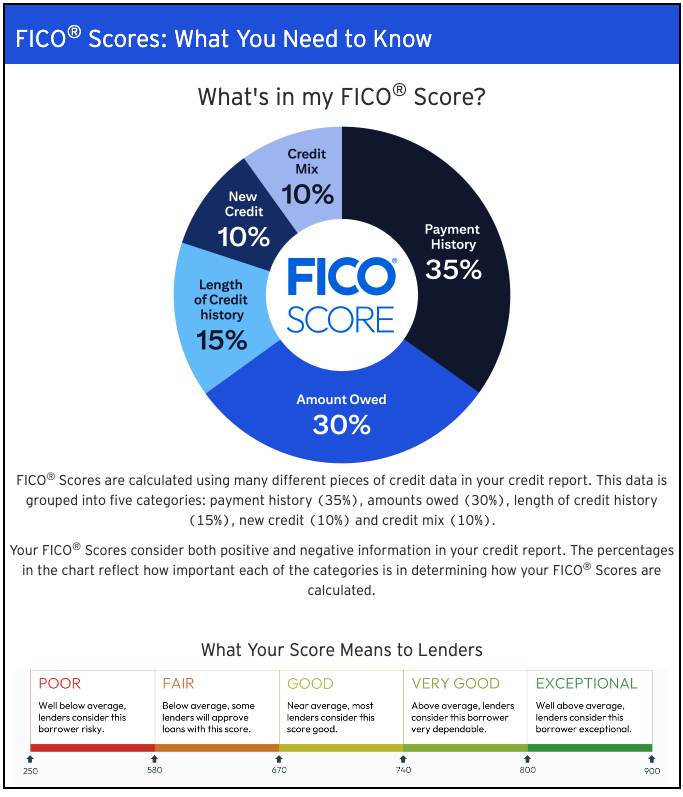Is Subletting Right for Your Property?
Navigating Tenant Needs Beyond the Lease

Life often throws us curveballs, and sometimes those curves have a major impact on your living situation. As a landlord, you know this can lead to unexpected vacancies or lease-breaking scenarios for your tenants. This blog explores a common solution: subletting. But before we dive in, let's consider a better alternative: subletting directly to the landlord.
The Unexpected Cost of the Unexpected
Relocations, job changes, or relationship changes can force tenants to move out before their lease ends. This can be stressful for both parties, as tenants will face financial penalties for breaking the lease and landlords must now deal with potential vacancy costs that can amount to thousands of dollars, including lost rent and the effort required to find a new tenant.
Why Tenants Choose Subletting:
To avoid these penalties, some tenants resort to subletting - finding another person to take over their portion of the rent. This might seem like a quick fix, but it can have drawbacks for everyone involved.
The Drawbacks of Subletting:
Landlord Loses Control: With a sublease, the primary tenant acts as a middleman. You have no direct connection with the person occupying your property, impacting your ability to screen them and hold them accountable for following lease terms and maintaining the property properly.
Increased Risk: Subletting introduces the risk of unreliable sub-tenants who might damage the property, delay rent payments, or even disappear entirely. The primary tenant remains responsible by lease, but collecting rent from an uncooperative sub-tenant can be a hassle and leave you facing financial shortfalls.
Sub-Tenant Uncertainty: The sub-tenant lacks security. They have no direct agreement with you and as such might face eviction if the primary tenant breaks the lease or decides to keep the rent money.
A Better Option: Subletting Directly to You
Here's where subletting directly to you, the landlord, comes in. This approach offers a more secure and transparent solution for everyone.
Open Communication: The primary tenant informs you about their need to find a new occupant. This opens a dialogue and allows you to explore solutions together, fostering a more positive landlord-tenant relationship.
Flexible Options: You can choose the approach that best suits the situation:
- Terminate the original lease without fees to the original tenant, and sign a new lease with the incoming tenant. This provides a clean slate and allows you to establish the terms directly with the new occupant.
- Allow the primary tenant to sublet with the new tenant for the remaining lease term, with both parties on the lease. This can be a good option if the primary tenant wants to remain somewhat involved or if the new tenant isn't quite ready to commit to a full lease term.
- Permit the new tenant to sublet directly from the primary tenant, replacing them entirely. This frees the primary tenant from their lease obligations and gives you a chance to screen and establish a direct relationship with the new occupant.
Direct Screening & Control: You get the opportunity to screen the new occupant yourself, ensuring they meet your rental criteria in terms of creditworthiness, income verification, and rental history. This provides greater control and reduces risk of encountering unreliable tenants.
Potential for Long-Term Tenant: If the subletting tenant proves reliable by paying rent on time, taking good care of the property, and following lease guidelines, you can consider offering them a new lease directly at the end of the current term. This can be a win-win, providing them with stability and giving you a qualified tenant who is already familiar with the property.
Including a Subletting Clause in Your Lease
A clearly defined subletting clause in your lease agreement benefits everyone.
- Clear Expectations: Outline the process for subletting, whether you allow it, require permission, or have limitations. This provides transparency for both you and your tenants.
- Open Communication: Encourage tenants to reach out if their circumstances change. Working together early on can lead to a smoother resolution that avoids the potential problems associated with traditional subletting.
- Legal & Insurance Considerations: Consult with an attorney and your insurance provider to ensure subletting aligns with your legal and insurance requirements. An attorney can advise you on the legality of subletting in your jurisdiction and help you craft a subletting clause that protects your interests. Your insurance provider can advise you on any potential changes to your coverage resulting from subletting.
Streamlining the Lease Process
Managing the lease process can be time-consuming, especially when dealing with subletting scenarios. Consider tools like CreditLink's Secure Property Management Software that simplify the rental application, documentation, and payment aspects of renting. CreditLink offers features like:
Online applications: Allows potential tenants to submit applications electronically, streamlining the initial screening process.
Automated lease agreements: Create and store custom lease agreements with built-in features for online signing by tenants and landlords.
Created on: 05/01/24
Author: CreditLink Secure Blog Team
Tags: sub-tenant , tenant turnover , leasing , subletting , sublet , sublease,













































